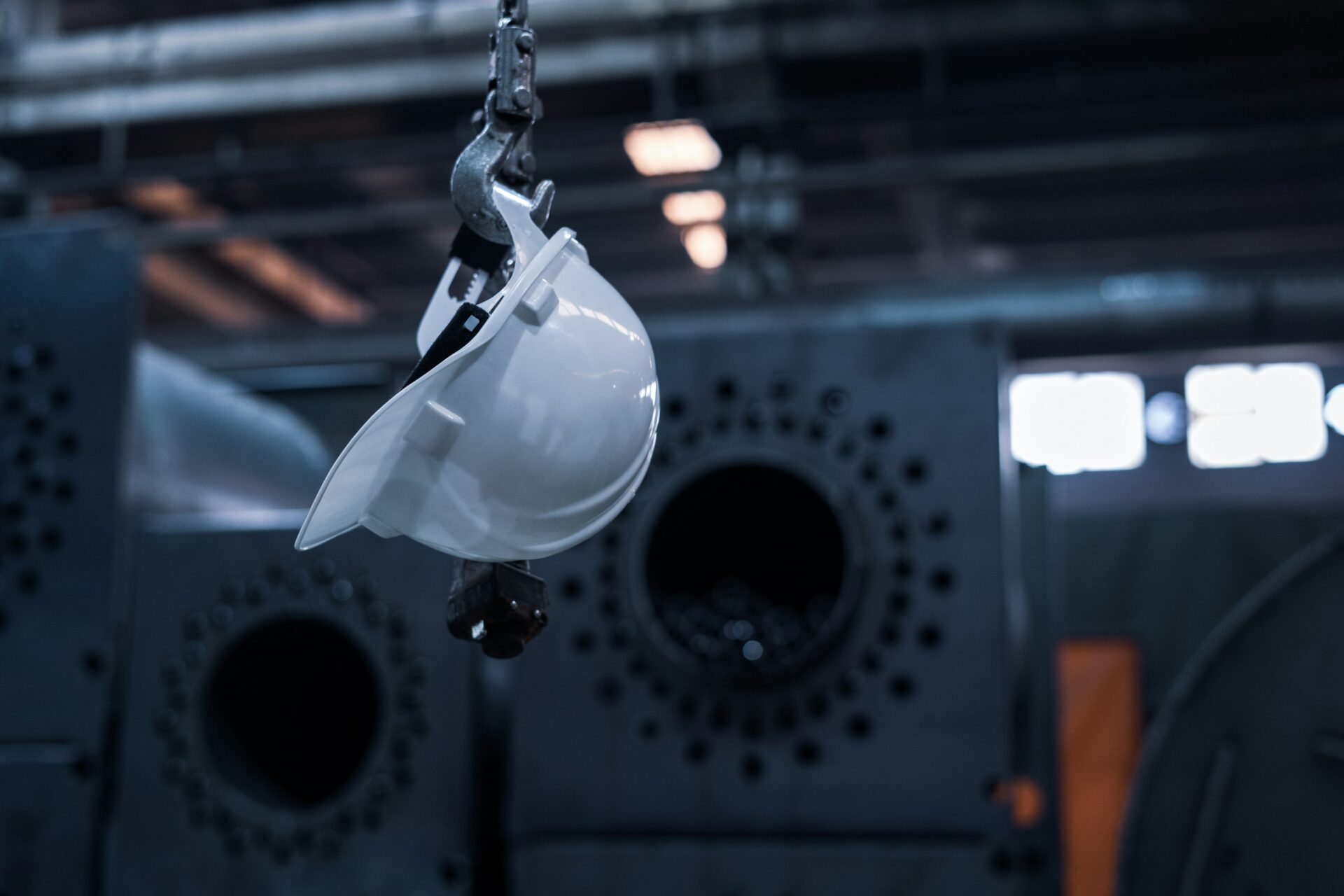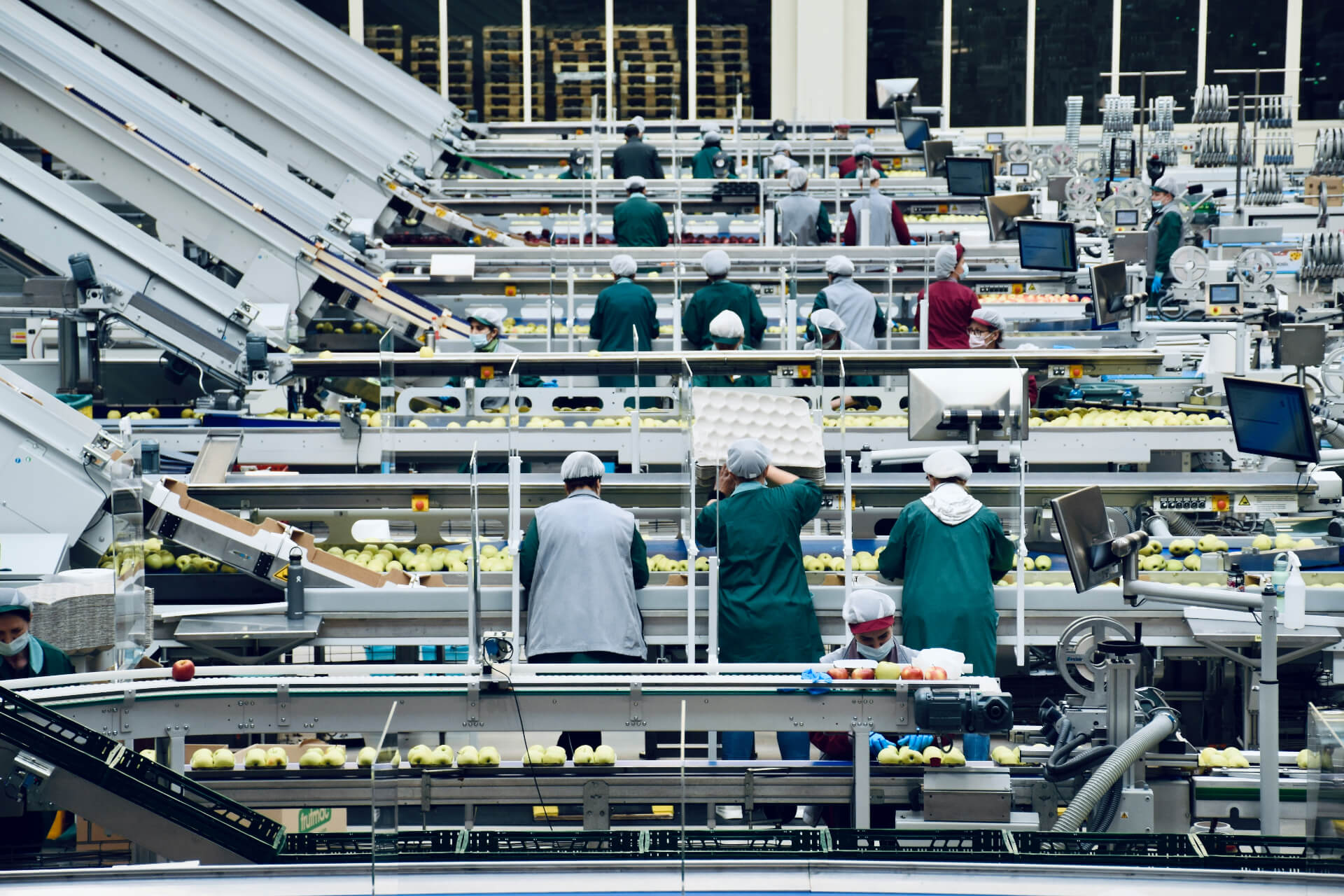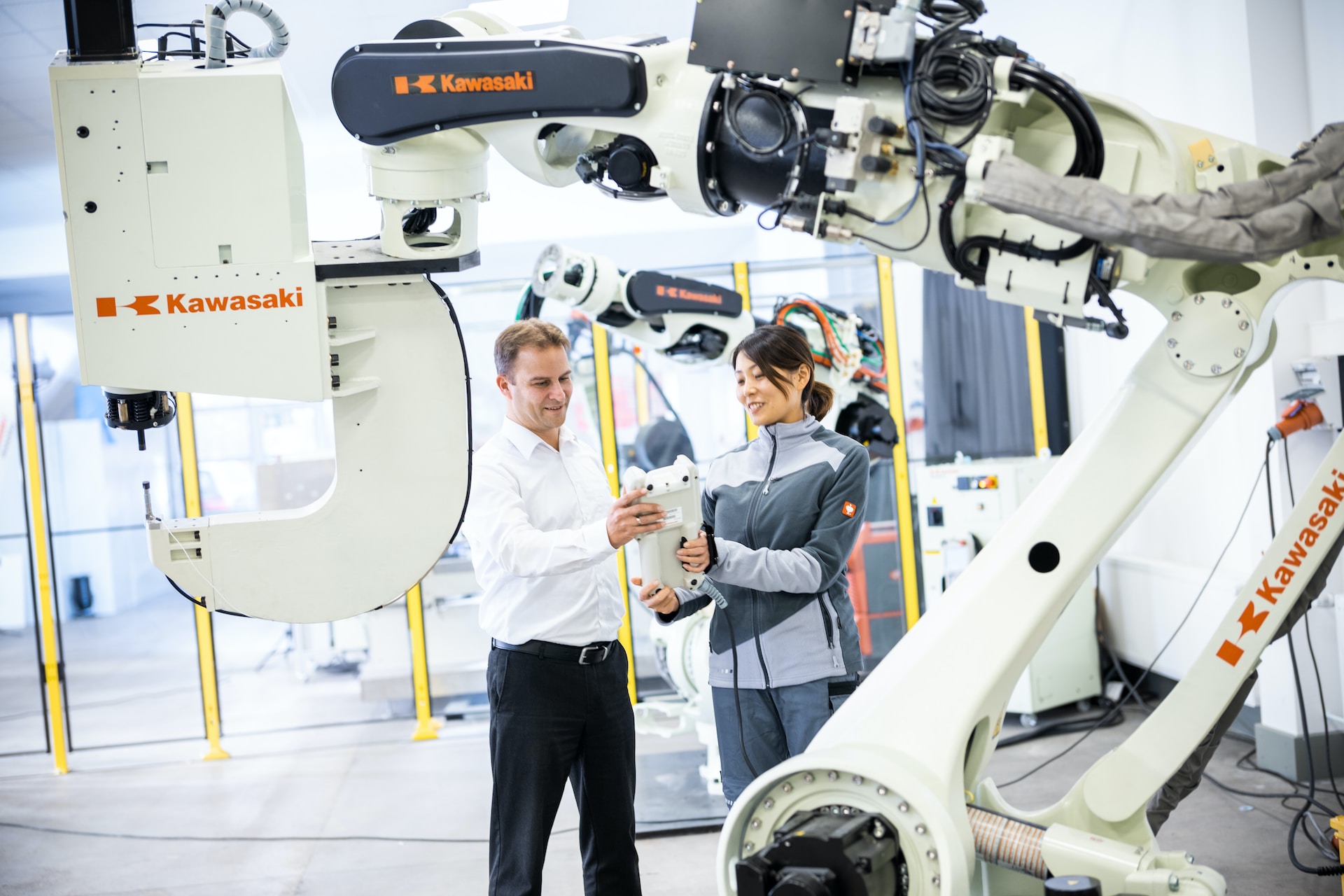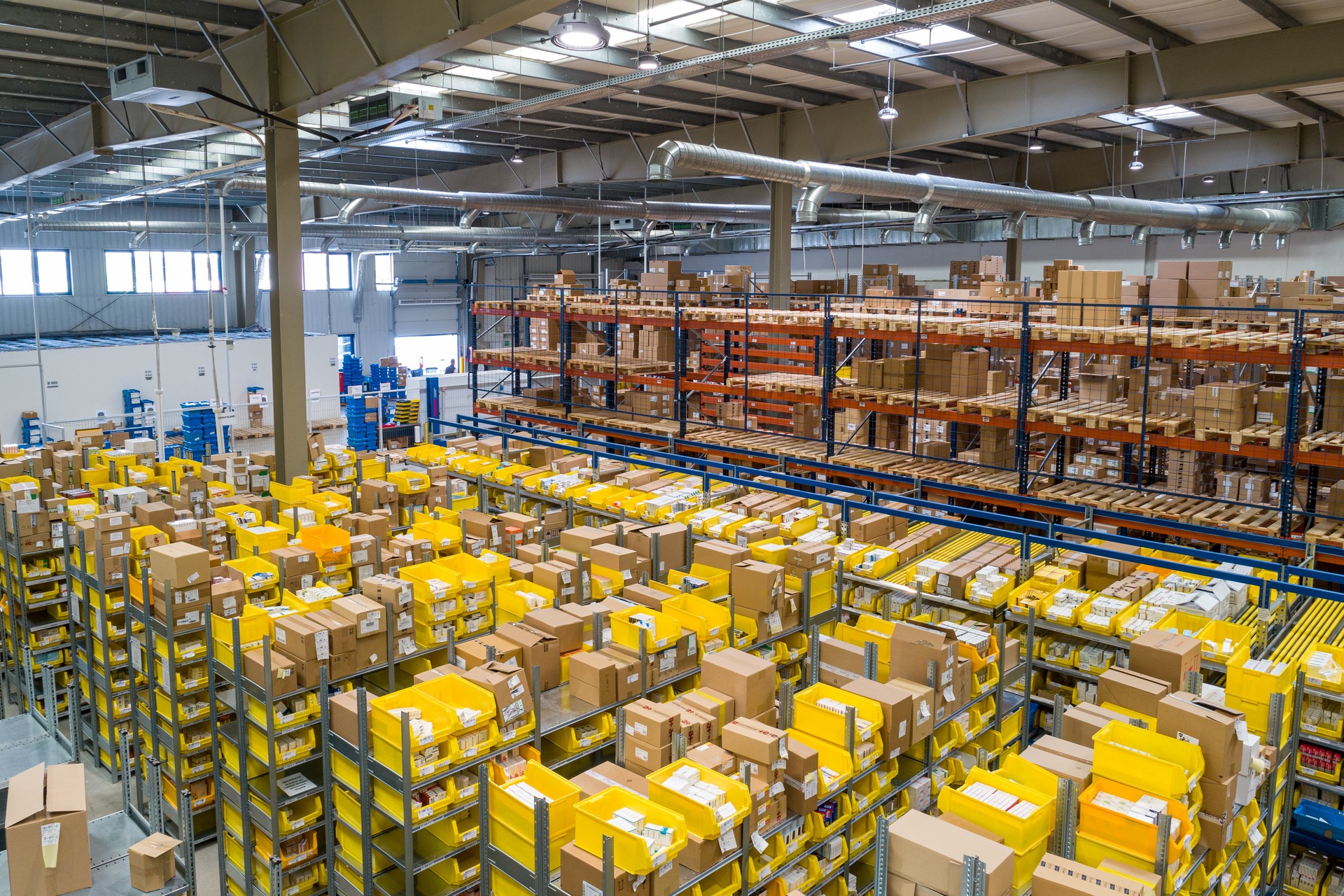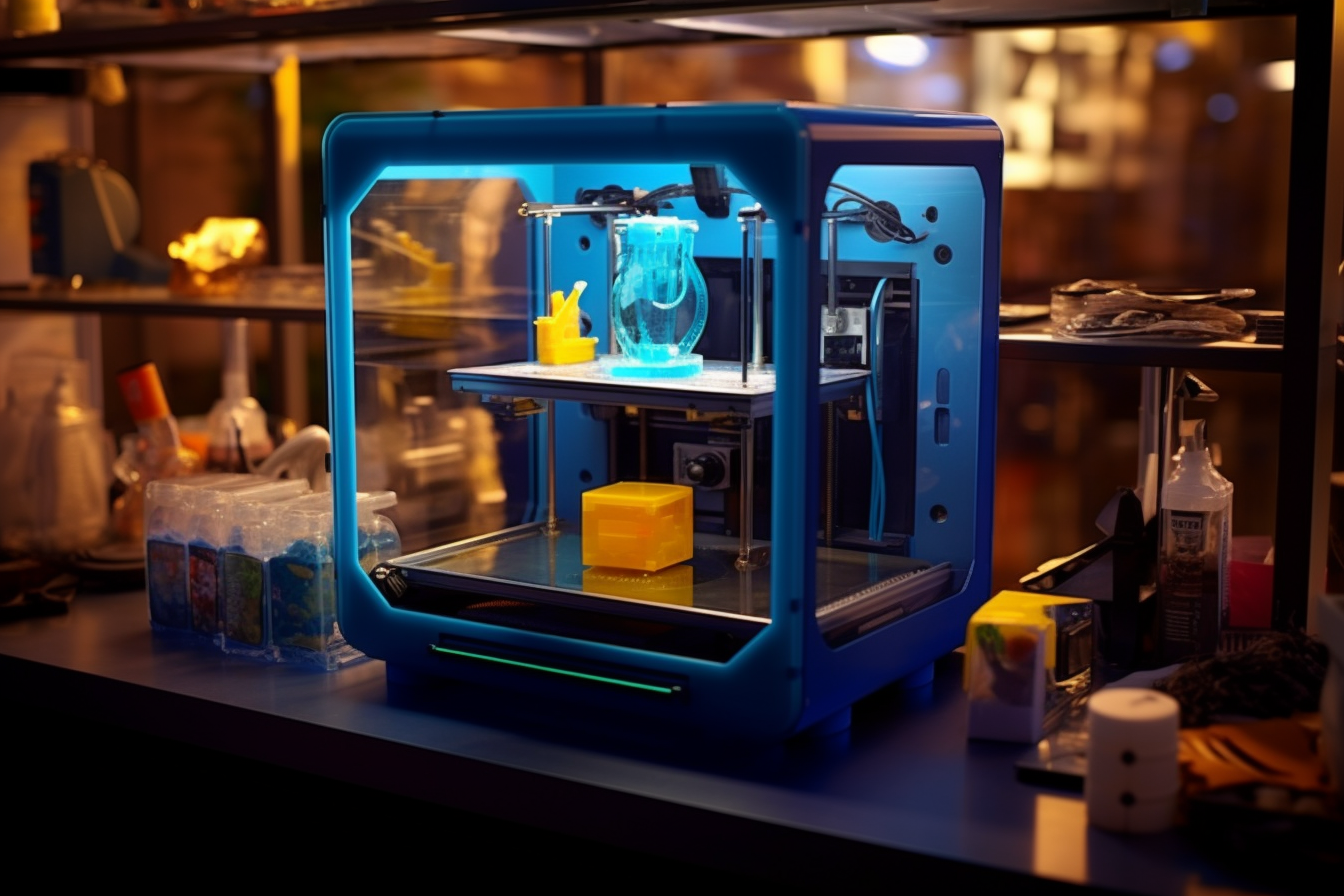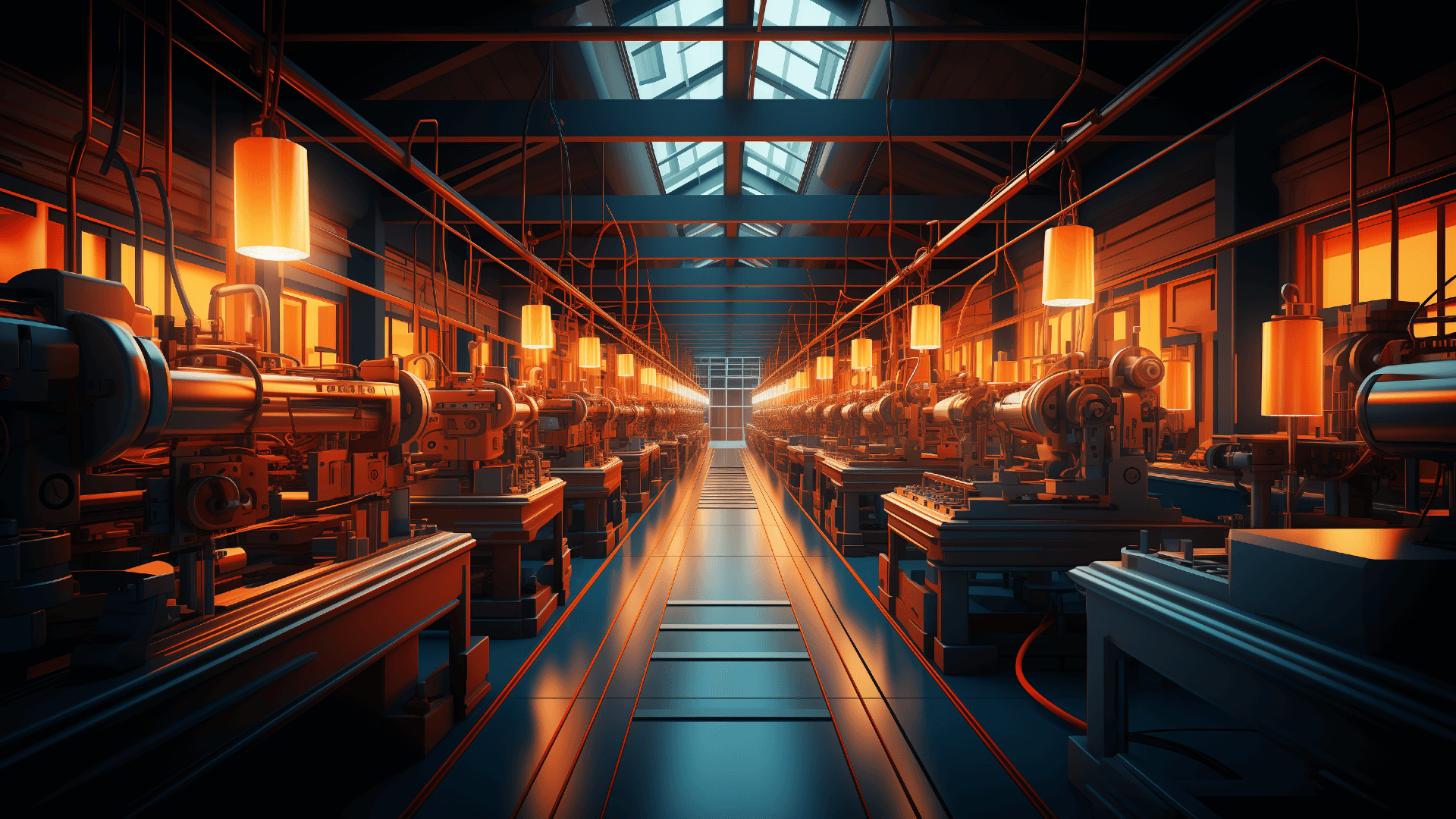
AI Analytics for Manufacturing: 5 Top Applications
August 29, 2023 - Emily Newton
Revolutionized is reader-supported. When you buy through links on our site, we may earn an affiliate commission. Learn more here.
The top applications for AI analytics for manufacturing can support higher productivity, improved efficiency, cost savings and higher uptime. Manufacturers can leverage AI data analysis tools in a wide range of ways today. These new opportunities are exciting, but it can be challenging to figure out where to start. What are the top 5 applications of AI analytics in manufacturing?
1. Robotic Process Automation
One of the top uses of AI analytics for manufacturing is robotic process automation or RPA. This involves using AI to automate software processes. AI is frequently used to automate physical processes in manufacturing using robots, but RPA refers to the automation of everyday tasks.
RPA is ideal for back office automation and eliminating repetitive tasks. For example, the accounting department at a manufacturing company could use RPA to automate data entry for budgeting and invoice management. Likewise, an HR manager could use RPA to automate the process of tracking employee hours and creating schedules.
Many back office tasks are analytical and data-driven, which makes them perfect for AI. Additionally, these tasks are often boring and time-consuming for employees. Automating them using RPA platforms is a great way to save time and money while increasing productivity.
2. Digital Twins
Digital twins are fantastic for unlocking the full potential of AI analytics for manufacturing. A digital twin in a virtual recreation of a real system, device or environment. It’s a data-driven simulation that often pulls in real-world information from IoT sensors.
Digital twins use AI and machine learning to simulate how something will work under different conditions. Manufacturers can use digital twins to optimize their operations for efficiency.
Surveys show an estimated 70% of manufacturers are using digital twins to simulate and evaluate processes. AI analytics are at the core of these simulations. Manufacturers can analyze the layout and operations of their facilities with the help of AI. They can model a variety of optimization strategies and view realistic results.
Optimizing manufacturing processes in digital twins saves time, money and confusion. It allows managers to get a new process or strategy fine-tuned before rolling it out in the real world. Digital twins leverage all the available data a manufacturer has to make this process as effective and efficient as possible.
3. Predictive Maintenance
Predictive maintenance is making a buzz in numerous industries and for good reasons. It’s a highly effective way to use AI analytics for manufacturing, particularly when it comes to equipment and robot management.
As manufacturers integrate more technology in their operations, maintenance is becoming harder to keep up with. Predictive maintenance and automated monitoring can simplify the process while also improving the quality of equipment maintenance.
This is possible using a combination of IoT sensors and AI data processing. The sensors autonomously monitor equipment around the clock and report performance data back to an analytics hub. On this platform, an AI algorithm analyzes the data and highlights indicators of potential issues, such as performance dips and malfunctions.
Catching maintenance issues early, before they develop into serious mechanical failures, can improve safety and save money. Studies show predictive maintenance can eliminate up to 75% of breakdowns and result in up to 30% lower maintenance costs. Manufacturers also save money on the downtime caused by breakdowns, which is particularly important in fully automated manufacturing processes.
4. AI Demand Forecasting
Industry veterans know keeping up with demand changes is a serious challenge. This is especially true today, since trends can come and go online incredibly quickly. AI analytics for manufacturing is a great tool for improving demand forecasting to get more accurate results.
Manufacturers can pool data from disparate sources into one AI analytics model to generate comprehensive demand forecasts. For instance, an AI could analyze data on recent and emerging social media trends to identify insights like emerging product categories, customer interests and popular brands.
The AI can use this data and more to inform demand predictions for a manufacturer’s specific industry, niche and product category. Demand forecasters can also bring in supply chain data, recent sales figures and seasonal information to get an even more well-rounded prediction.
Of course, it is possible to do demand forecasting manually. However, the math and data analysis required for this is complex and time-consuming. An AI can streamline the data to quickly highlight the most important information, including insights and trends that may have otherwise been overlooked.
5. Supply Chain Analysis
Today’s supply chain is vast, complicated and ever-changing. Without adequate preparation, manufacturers can easily find themselves facing critical delays or shortages. Luckily, advanced supply chain analysis is a great way to use AI analytics for manufacturing.
Surveys show 59% of manufacturers expect to see supply chain issues remain the same through Q4 2023. Delays and shortages could persist for at least another year or two, depending on the industry a manufacturer is operating in. So, industry pros need to leverage all the technology available to stay ahead amidst supply chain turbulence.
AI analytics tools can be invaluable for building more resilient supply chains. Manufacturers can use digital twins to simulate and optimize their supply chain with the help of machine learning. This is a great way to prepare for major issues and setbacks, as well.
For instance, manufacturers can use an AI logistics simulation to model their trucking routes and create alternative routes in case of accidents, emergencies or road closures. Analyzing digital twins of supply chain systems is also a great way to identify inefficiencies and bottlenecks. For example, a manufacturer might realize their logistics partner is creating delays by sending all of their trucks through a particularly congested stretch of highway.
Top Applications of AI Analytics for Manufacturing
There are a growing number of ways to use AI analytics for manufacturing success. From demand forecasting to task automation, AI data analysis can truly transform the manufacturing process. Industry pros can use it to save time and money and support optimization, productivity, automation and more.
Revolutionized is reader-supported. When you buy through links on our site, we may earn an affiliate commission. Learn more here.
Author
Emily Newton
Emily Newton is a technology and industrial journalist and the Editor in Chief of Revolutionized. She manages the sites publishing schedule, SEO optimization and content strategy. Emily enjoys writing and researching articles about how technology is changing every industry. When she isn't working, Emily enjoys playing video games or curling up with a good book.
